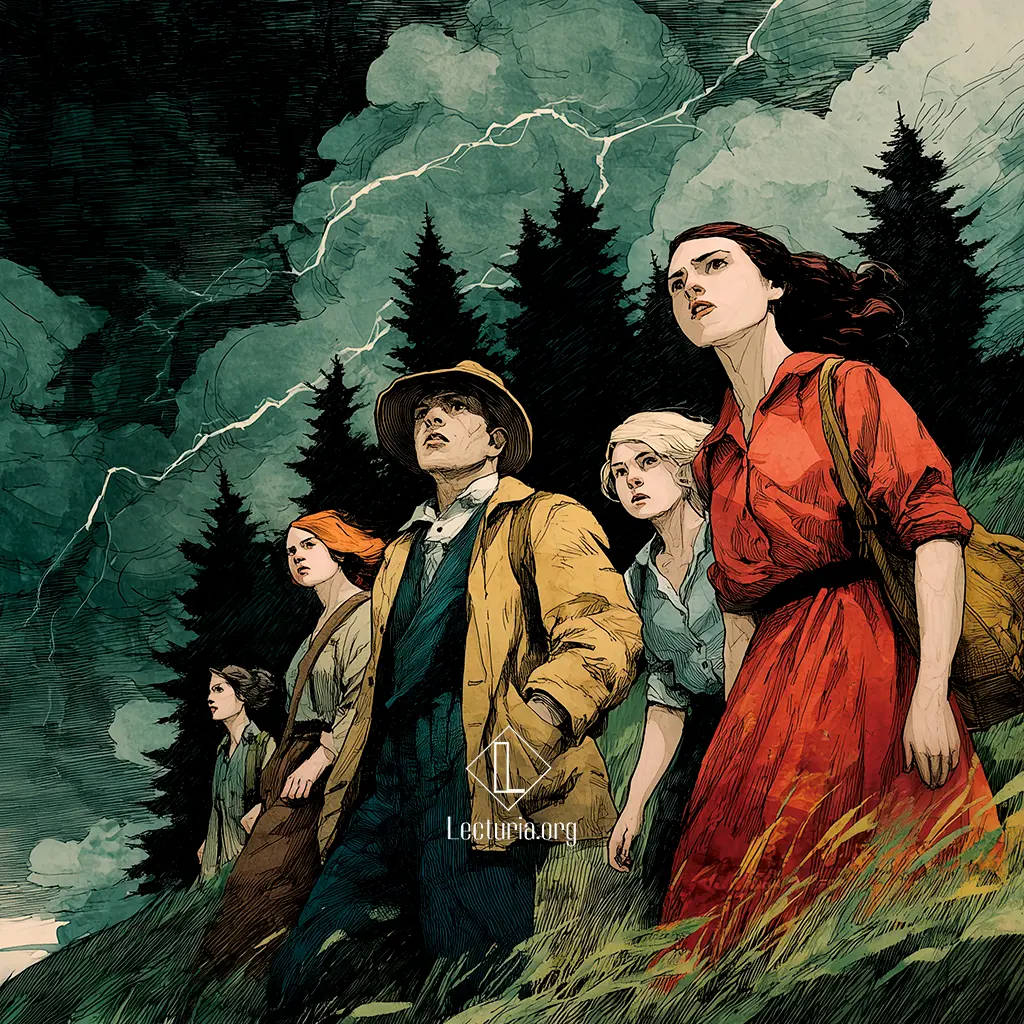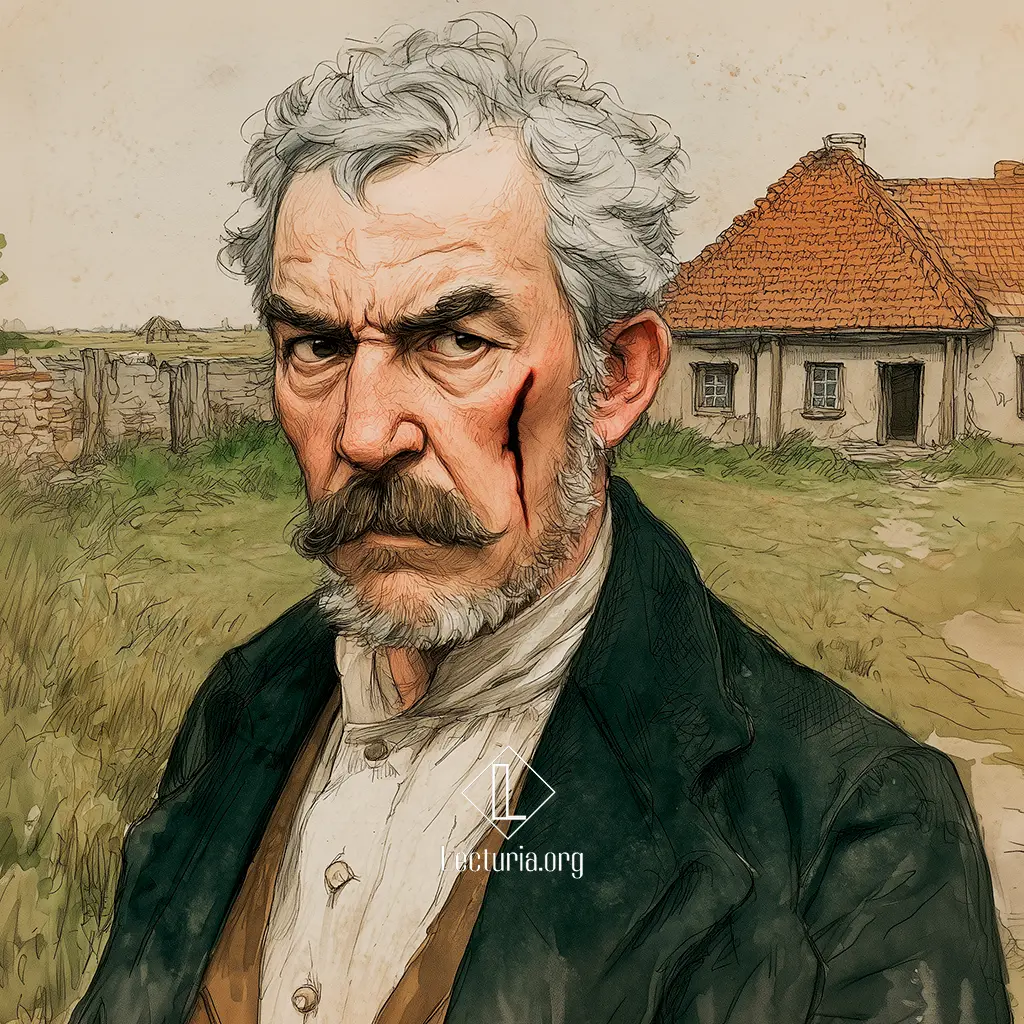D. H. Lawrence: Mercury
“Mercury” is a short story by D. H. Lawrence, first published in The Atlantic Monthly in February 1927. On a sweltering summer Sunday, crowds ascend the hill of Mercury, seeking to escape the heat that weighs upon the valleys. At the summit, amid the pine forest, time seems to stand still—no one is in a hurry, and no one has a purpose. Yet as the day wears on, the heat thickens and a silent tension takes hold of the air, as if nature itself were waiting for something imminent to happen.





